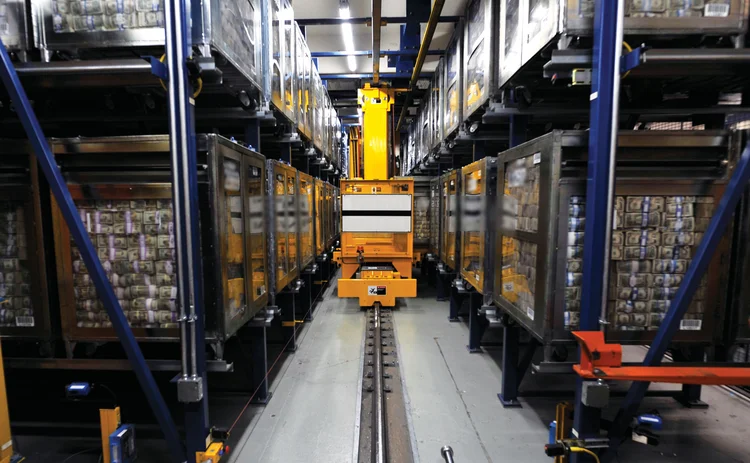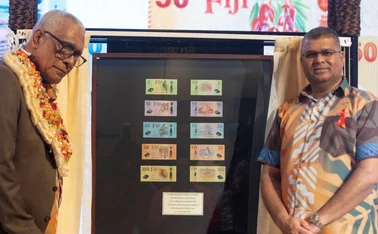
Future of cash: what we can learn from the history of money
Central banks must take a broad view of efficiency if they are to preserve the benefits of cash, says Antti Heinonen

The ongoing pandemic has highlighted the paradoxical development of the usage of cash: its use as a payment instrument has decreased yet, at the same time, its use as a store of value has reached record growth rates. To understand this development, it is useful to reflect on the history of money.
Money is commonly defined as anything that can be used to make a payment or settle a debt. Without taking a stance in the debate over whether there are any historical examples of the most primitive
Only users who have a paid subscription or are part of a corporate subscription are able to print or copy content.
To access these options, along with all other subscription benefits, please contact info@centralbanking.com or view our subscription options here: subscriptions.centralbanking.com/subscribe
You are currently unable to print this content. Please contact info@centralbanking.com to find out more.
You are currently unable to copy this content. Please contact info@centralbanking.com to find out more.
Copyright Infopro Digital Limited. All rights reserved.
As outlined in our terms and conditions, https://www.infopro-digital.com/terms-and-conditions/subscriptions/ (point 2.4), printing is limited to a single copy.
If you would like to purchase additional rights please email info@centralbanking.com test test test
Copyright Infopro Digital Limited. All rights reserved.
You may share this content using our article tools. As outlined in our terms and conditions, https://www.infopro-digital.com/terms-and-conditions/subscriptions/ (clause 2.4), an Authorised User may only make one copy of the materials for their own personal use. You must also comply with the restrictions in clause 2.5.
If you would like to purchase additional rights please email info@centralbanking.com test test test








